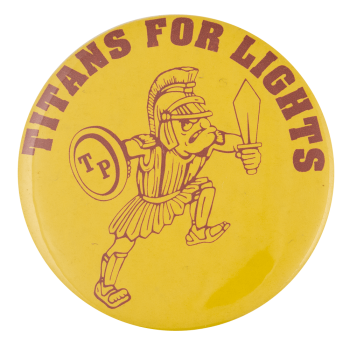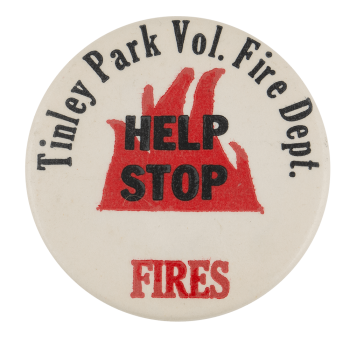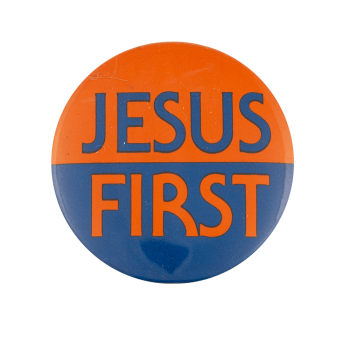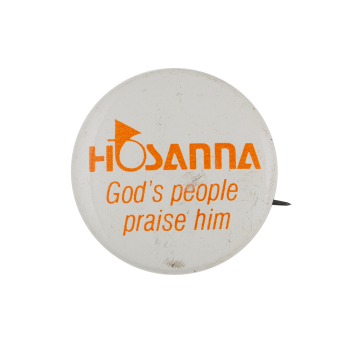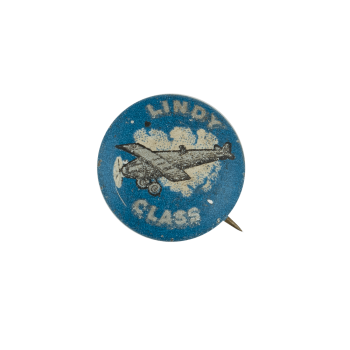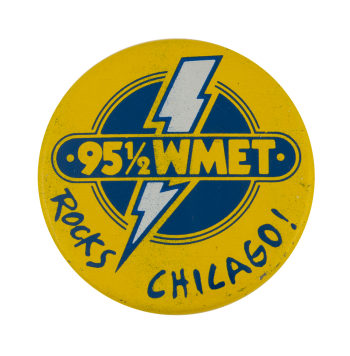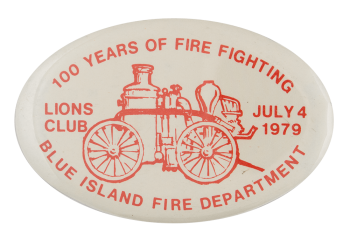Titans for Lights
| Category | |
|---|---|
| Additional Images | |
| Sub Categories | |
| Text on Button | TITANS FOR LIGHTS |
| Image Description | Illustration of soldier with brown text on yellow |
| Back Style | |
| The Shape | |
| The Size | |
| Additional Information | Home of the Titans! Tinley Park High School is a public high school located in a suburban village of Chicago. Opened in 1961 and currently educating 1,100 students, the school has an impressive athletic record, with its football team winning the state championship during the 1986-1987 school year. Tinley Park High School is one of four schools in the Bremen Community High School District. |
| Sources |
Wikipedia contributors. (2024a, May 24). Tinley Park High School. Wikipedia. https://en.wikipedia.org/wiki/Tinley_Park_High_School |
| Catalog ID | CA0760 |

